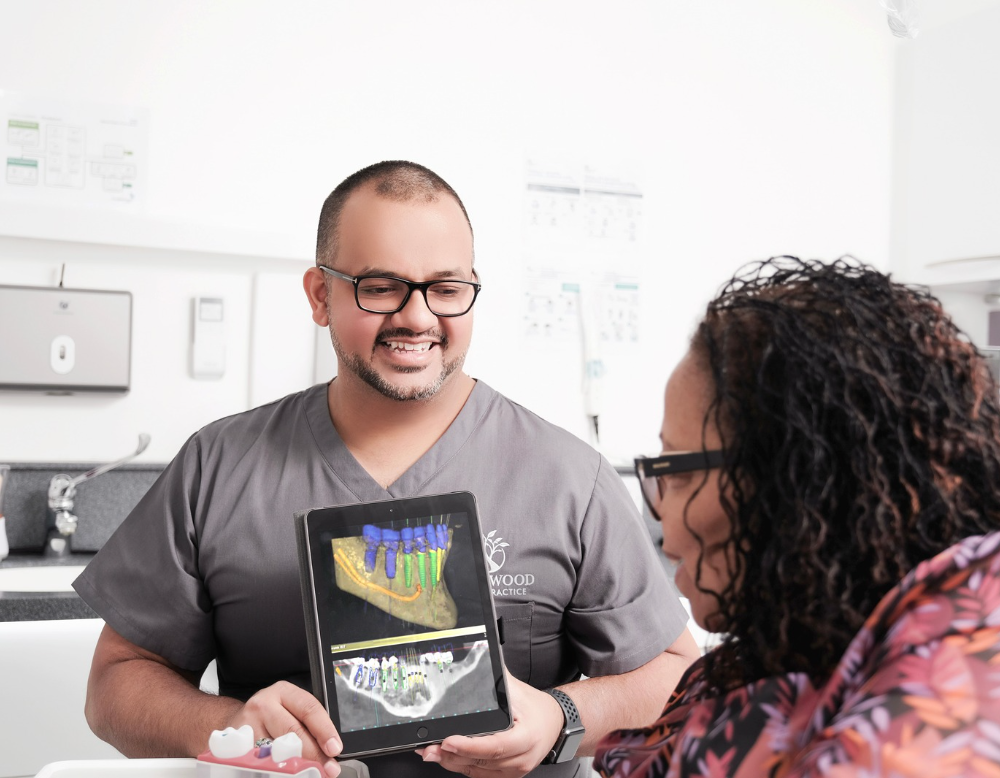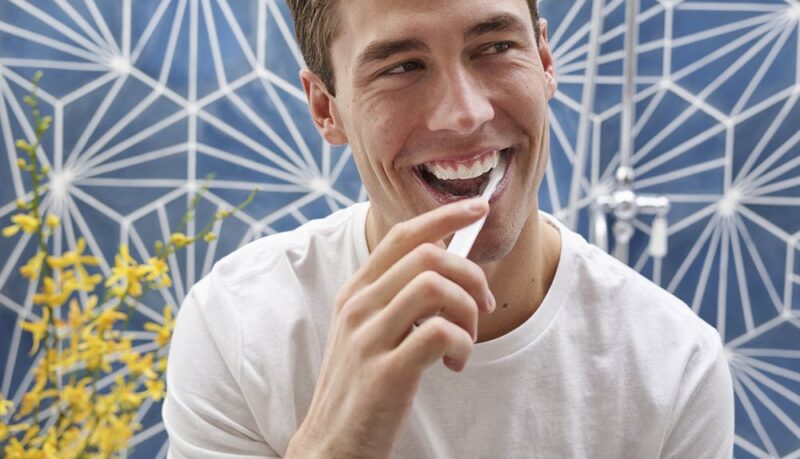

You might think that brushing your teeth is one of the most straightforward things in the world. How hard can it be, right? But in reality, it’s not as easy as you might think, and many of us actually make mistakes when we brush our teeth. Read on to find out seven mistakes you might be making when you brush your teeth.
If you’re brushing your teeth twice a day, then that means you’re using your toothbrush about 60 times a month. A normal toothbrush can last around 200 uses, which is around three months. If you use your toothbrush beyond this point, the bristles will start to splay instead of pointing straight upwards, which can affect how well it cleans. So you should start looking for a new toothbrush after three months.
We all know that we should be brushing our teeth for two minutes, twice a day. However, it’s very easy to underestimate how long two minutes actually are, which is why many of us actually only brush for one minute or even less. For this reason, we recommend buying a timer so that you can see exactly how long you’re brushing for. Most electric toothbrushes these days come with timers, or you can just buy a simple egg timer. The important thing is to make sure you’re brushing for the full two minutes so that your teeth receive the full benefit of the brushing.
After brushing your teeth, do you rinse your mouth with water? Many people do, but this isn’t actually the right thing to do. Rinsing with water after brushing means you lose all that fluoride from the toothpaste that would have protected your teeth. If you need to rinse after brushing, try using a fluoride mouthwash instead of water.
Many people don’t floss, even though it’s a great way to dislodge food and bacteria from the crevices between your teeth. Make sure to floss once a day to keep your teeth clean.
It’s important to brush your tongue every time you’ve brushed your teeth. So invest in a tongue cleaner, or if you don’t want to do that, then just use the back of your toothbrush – it’s not as good as a tongue cleaner, but it will get the job done.
When you brush your teeth, the aim is to remove food particles and plaque from the surface of your teeth, which is a job that a soft toothbrush can do. A hard toothbrush, on the other hand, will damage your enamel and gums. So go with a soft or extra-soft toothbrush!
Did you know that you’re supposed to brush your teeth at a 45 angle? Most people keep their toothbrush straight when brushing, which is bad because it doesn’t clean the gums properly. So angle your toothbrush instead!
That’s it for this month – come back next month for more dental tips.
Back to Blog
Error: No connected account.
Please go to the Instagram Feed settings page to connect an account.